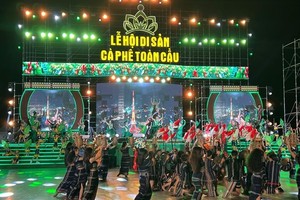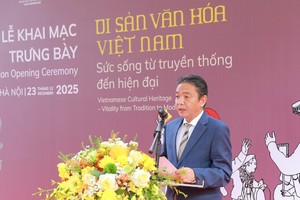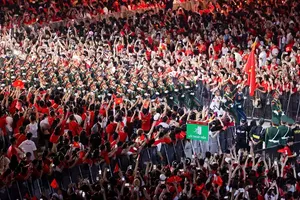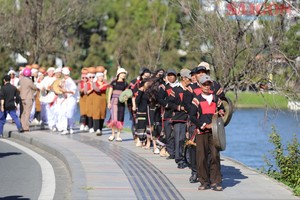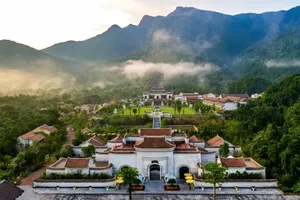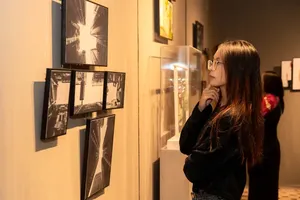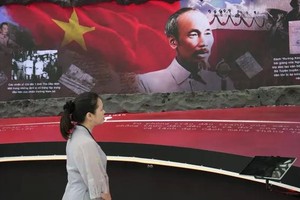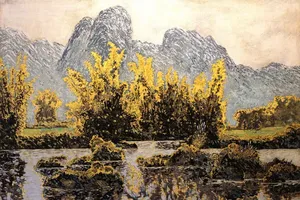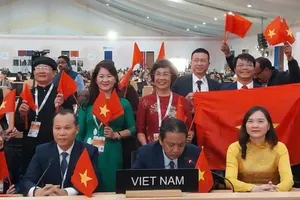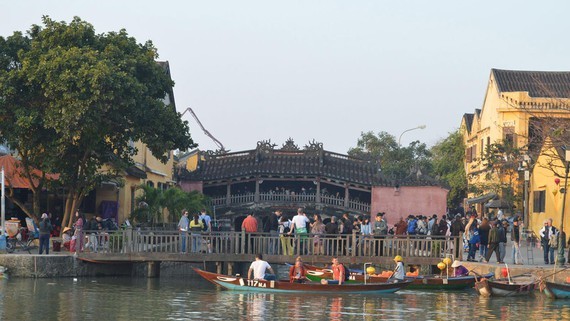
In December 1999, Hoi An Ancient Town and My Son Sanctuary were recognized by UNESCO as World Cultural Heritages. At the time, Hoi An reportedly saw 200,000 tourist visits per year.
In recent years, service and tourism in Hoi An have accounted for over 70% of the city’s economic structrure. Statistics showed that average tourism development rate has reached 15% - 20%. During the 2013 - 2018 period, the number of visitors to Hoi An has nearly tripled.
In 2018 My Son Sanctuary saw about 400,000 visitors, with ticket sales earning over 62 billion. Mr. Phan Ho, Director of My Son Cultural Heritage Management Board affirmed that the title of World Cultural Heritage has attracted the attention of not only tourists but also financial resources to support the preservation of monuments and completion of services and infrastructures.
Tourism development has brought in community resources, which in turn contribute to the preservation of traditional craft villages and create income for local people. As a matter of fact, Hoi An has been continuously recognized by UNESCO as one of the places to perform well the conservation of cultural heritage values in the Asia-Pacific region.
There are various burdens that weight upon the country’s heritage in terms of environment, conservation, and population. Tourism in Quang Nam is heavily relying on the heritage sites, making the surrounding areas increasingly overloaded.
Most alarmingly, indigenous houses within Hoi An Ancient Town are being leased off to serve commercial business activities. According to the Center for Management and Conservation of Hoi An Cultural Heritage, about 200 out of 1,069 old houses have been transferred to traders. Features that make up the essence of an ancient town like worshipping space are removed completely to make way for business setups.
The pressure from tourism is clearly taking a toll on Hoi An’s infrastructures, transport and environment, according to Mr. Tran Anh, Secretary of Hoi An City Party Committee. This is due to the increase in visitors and urbanization trends leading to changes in the population, as well as putting pressure on sites preservation, he explained.
Conservation and development is always a parallel process, said Mr. Nguyen Thanh Hong, Director of Quang Nam Department of Culture, Sports and Tourism. Heritage sites must be preserved in an orderly and reasonable manner while also pushing local socio-economic development, and people can still benefit from the commercial activities that the title of World Heritage brings to Hoi An.
